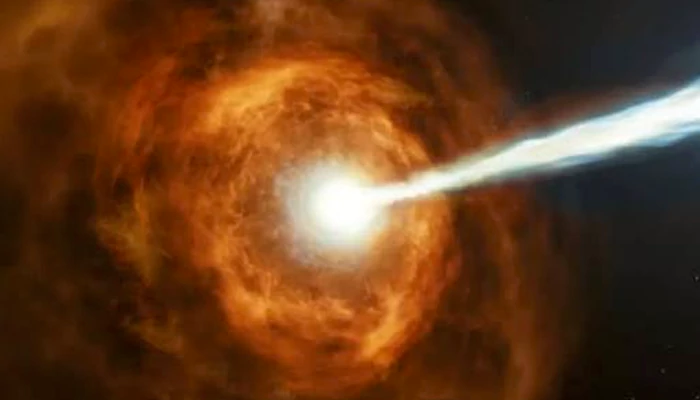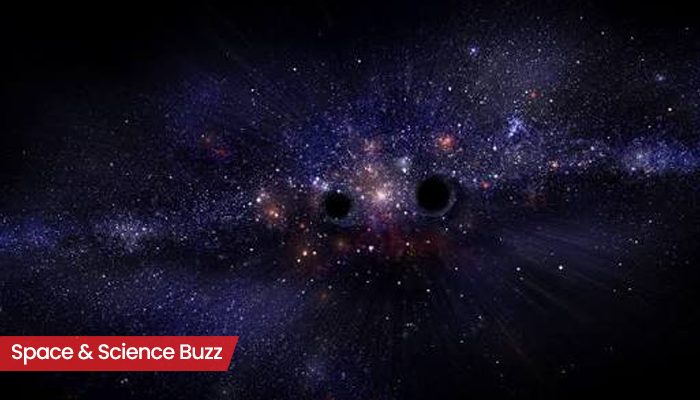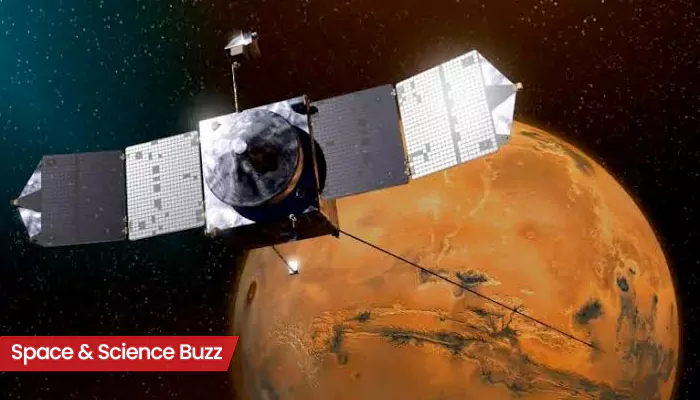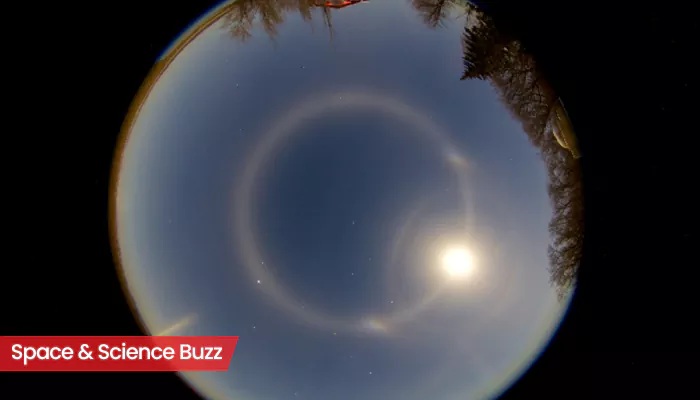.WEBP)
Here are today’s most important updates from the realm of Science and Space.
Deep-Space Surprise: Scientists Spot Possible Early-Era Object Cluster
Astronomers believe they may have discovered evidence of a mysterious structure far beyond Neptune, hidden deep inside the Kuiper Belt. This new finding could help scientists understand what the early solar system looked like billions of years ago. The study points to a dense group of icy objects that may have remained untouched since the beginning of the solar system. Although the research is still being reviewed, the possible implications are significant, reported Daily Galaxy. The Kuiper Belt is often referred to as the solar system's "third region." It extends approximately 30 to 50 astronomical units (AU) from the Sun and contains icy remnants left behind during the solar system's formation. According to NASA, this region lies beyond the orbit of Neptune, in the outer reaches of the solar system. Scientists estimate that millions of icy objects may exist here, many of which are over 60 miles (100 kilometres) across, while some, like Pluto, are larger than 600 miles (1,000 kilometres).
Surprise Solar Strike! Mysterious Storm Hits Earth Without Warning
A solar storm quietly reached Earth on November 20, surprising scientists because it arrived without any warning signs. This type of eruption, called a stealth solar storm, is unusual because it cannot be easily seen in regular solar images. Even though this event did not trigger a geomagnetic storm, it may have helped create auroras visible in some mid-latitude regions, according to reports. Stealth solar storms are coronal mass ejections (CMEs) that emerge from the Sun but leave almost no visible traces along their path. Normal CMEs are easily detected in solar observations, but stealth CMEs erupt extremely quietly and slowly, making them extremely challenging to track.
Space Shockwave! Star’s Mega-Flare Could Strip Worlds to the Core

For the first time ever, astronomers have watched a nearby star launch a massive burst of charged material into space, an explosion so strong that it could strip nearby planets of their atmospheres. The event, known as a coronal mass ejection (CME), was detected using the European Space Agency's XMM-Newton space observatory and the LOFAR radio telescope. The findings, published in the journal Nature, offer scientists a new way to understand how stars influence the planets that orbit them, according to reports. A CME is formed when a large amount of plasma is violently ejected from a star's upper atmosphere and spreads into space. Such intense eruptions affect the surrounding space, and scientists classify them as "space weather." This includes solar storms, which can produce auroras on Earth and weaken the atmospheres of nearby planets.
Negative-G Nightmare: The Split-Second Move Behind the Tejas Mishap

The shocking crash of an Indian Tejas fighter jet during a high-profile aerobatic display at the Dubai Airshow in November 2025 has sparked global discussion about rarely understood but highly dangerous aerial manoeuvres. Video analyses have shown that the pilot was performing a negative-G manoeuvre at the moment of the incident, a move spectacular to watch but among the most challenging in aviation. The IAF has not officially revealed what caused the crash. Experts also pointed out that an engine flameout could be behind the tragedy. A negative-G manoeuvre occurs when the aircraft’s motion pushes the pilot upward, opposite to the normal downward pull of gravity.











.WEBP)
.webp)
.WEBP)